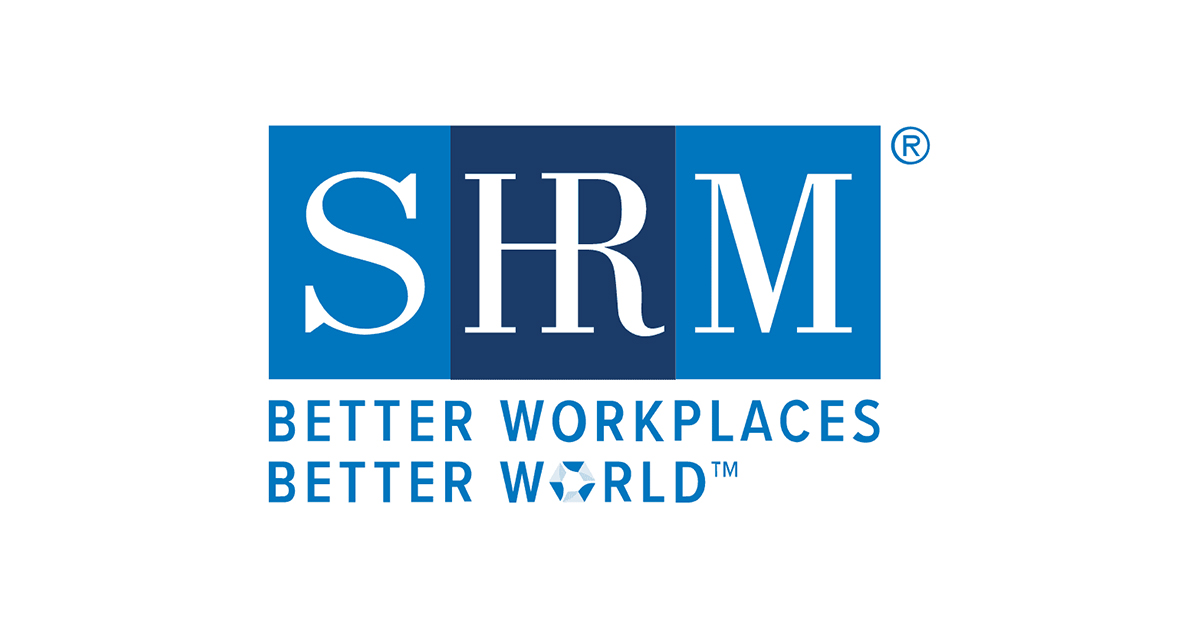TL;DR: Post-#MeToo, companies need to treat harassment risk like a cybersecurity breach, according to HR Acuity’s CEO Deb Muller. To do so, diagnose root causes, build clear preventative processes and indicators, educate every level on new behavioral expectations and hold leaders, managers and employees accountable to sustain a safe, equitable workplace.
Video Transcript
[0:00] So it’s been over two years since we started talking about #MeToo, and the good news is that it’s really given employees permission to start speaking up. That’s great. It’s not just sexual harassment—we’re talking more about pay equity, diversity and inclusion in the workplace—and the C-suite is listening. They’re more engaged and talking about what they can do. Good came out of MeToo: the behaviours were already there, and it really elevated the conversation. But now, two years have passed, the hype has quieted, and what do we have to do as organizations? What must we do to make sure we make a difference, create a safer workplace for employees and reduce risk for our organizations?
[0:30] When I think about what organizations should do, I look at how they react to other issues when things go wrong. Think about a cybersecurity breach—we read about them in the news, they make headlines and pose a huge risk. What do organizations do after a breach? I liken that to what they should do post-MeToo. The first step is diagnostics: What was the root cause? Organizations have to do the same thing with MeToo. Do we have an issue? What’s going on? When we find issues, how could we predict them better?
[1:00] What preventative steps and indicators should we watch to make sure we don’t have a MeToo moment, a headline or people who don’t feel comfortable? You need a process in place so it doesn’t happen again. That means better regulation—sometimes government regulation, sometimes regulations you create internally. Internal processes must define specific roles, governance and monitoring. At HR Acuity, when we talk with clients, we cover the employee relations process and investigation process—being very clear that when something happens, this is the process employees are afforded so we understand what’s happening, get to the right facts and remediate the situation to ensure a good workplace.
[1:30] Once you have that process ready, you must educate people. In other videos, I’ve said: Do that before an issue arises. Educate senior leaders, managers and employees. Behaviours have to change. Returning to the cybersecurity analogy, we all handle email differently now—we don’t click on just anything, and we’re thoughtful about which Wi-Fi we use. At HR Acuity, we’re maniacal about protecting assets, just as you want to protect resources. Educate employees at all levels on how behaviours must change. What was once acceptable is no longer okay.
[2:00] Some say you can’t teach an old dog new tricks—actually, we can. If you want to stay employed here, you will abide and behave differently. We can change behaviours with education and open dialogue—brown-bag lunches, conversations to understand how employees feel and whether the education meets their needs.
[2:30] Finally, accountability. We must hold leaders, managers and each other accountable to step in when someone needs help. If you’re a leader, supervisor or manager, do the right thing to create a good environment for employees.



